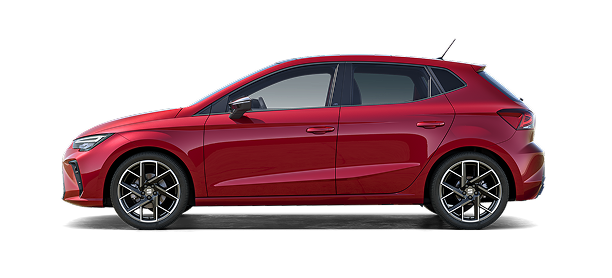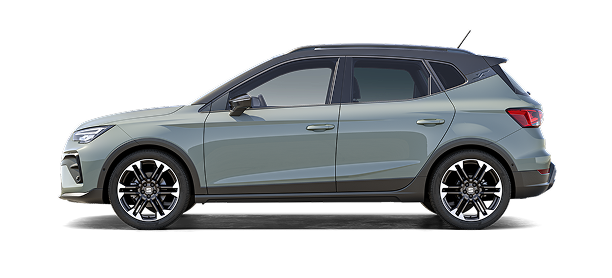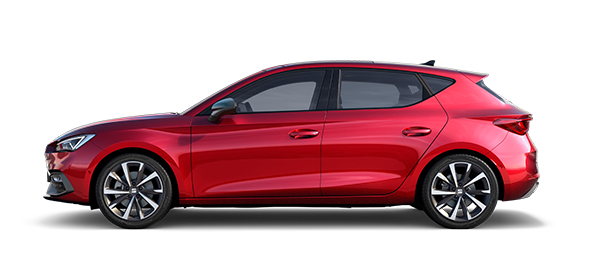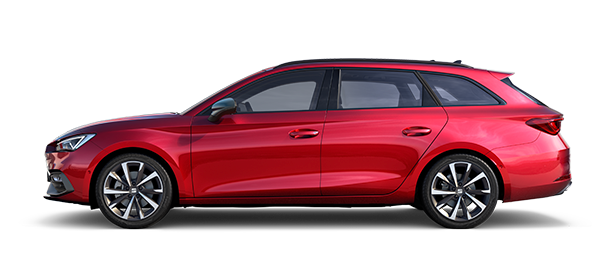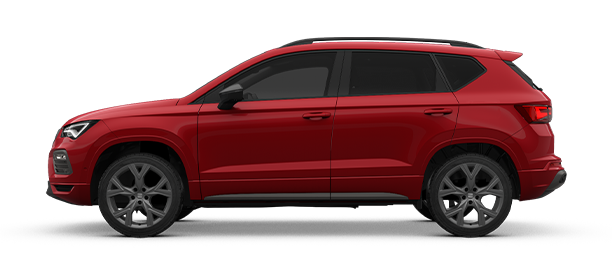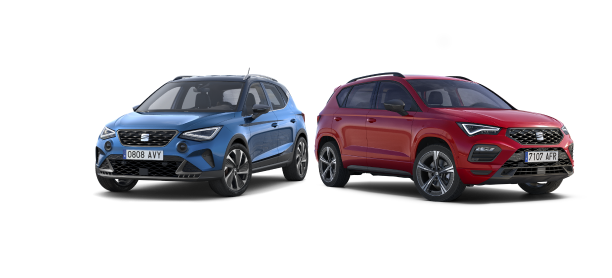Recycling and Return
Optimized Use of Resources in Design and Development at SEAT/CUPRA
In our cars, we are developing state-of-the-art interiors made of recycled and renewable materials. Our goal is to reach a share of circular materials in our vehicles of 40% by 2040.
We push innovation by using recycled and bio-based materials in our vehicles. We have introduced SEAQUAL® YARN – derived from recycled marine plastic –, Dinamica® microfibre –produced by using 73% recycled polyester and a water-based process– in some parts of our car interiors. Another example would be the introduction of Bcomp’s flax-based composites for the CUP Bucket seats in some of our models.
SEAT S.A. is actively engaged in research projects focused on second-life applications and recycling, such as RELOAD (to boost technologies to recover high-value materials in the electric vehicle value chain), ECLIPSE (investigating new technological routes for recycling & recovery of complex polymeric waste at the end of the vehicles’ lives) and TREASURE (to evaluate different circular economy scenarios in the automotive sector).
End-of-life vehicles (ELV)
Raw materials and energy are limited assets on our planet. Their sustainable use is therefore a priority objective for SEAT. It is therefore important to progress towards a circular economy: at the end of its useful life, a product is no longer waste, but a source of materials that can be reutilised. Comprehensive environmental management is based on three factors; it starts with the design and production of vehicles, continues with the optimisation of SEAT's technical support and concludes with the correct use of the vehicle and its parts at the end of its useful life.
Recovery
Environmentally-respectful production and recycling-oriented design
Reutilisation, parts recovery, environmentally-friendly treatment of vehicles and waste reduction are important aspects of end-of-life vehicle recovery.
To maximise this aspect, certain factors are considered from the design phase of a new car and throughout its development, as follows:
Avoid the use of environmentally-harmful substances
Use recycled materials as much as possible
Give priority to the use of recyclable materials
Design part connections to facilitate fast and simple disassembly
Mark all parts to facilitate their separation
Waste reduction
Sustainable treatment of end-of-life vehicles.
For an optimal and respectful environmental treatment of vehicles at their end of life and in order to meet the legal obligations of the End-of-life vehicles Directive, SEAT and other manufacturers have created the International Dismantling Information System (IDIS), which provides pre-treatment and dismantling information for the dismantling companies, so they can produce the minimum amount of environmental impact. This database contains specific instructions for the most adequate and environmentally friendly treatment of each model – including the disposal of fluids such as oil, fuel, and cooling liquids – and the dismantling of the main recyclable parts.
For additional information, visit the website: http://www.idis2.com/
Process
When the last owner of a vehicle decides to terminate the life of his vehicle, it is transferred to an authorized treatment facility to start the process of management of the vehicle.
Once all the appropriate paperwork is done, the vehicle is decontaminated. This process consists of separate components and hazardous materials in a controlled way, to avoid the contamination of the soil, water and air. Once segregated from the vehicle, components such as oil, filters, brake fluids, batteries, catalysts and cooling, among other components, are stored separately in sealed containers provided for such purpose and are managed according to the legal requirements that apply.
Once the vehicle has been decontaminated, it ceases to be a hazardous waste and proceed to the recovery of each of the components of the vehicle to be valued.
Metal fraction is separated both ferrous and non-ferrous of the vehicles for sale.
The metal remaining fraction contains a number of materials that can be used as raw materials once separated and treated: that is the general basis of so-called post-fragmented technologies.
The post-fragmented technologies are the alternative to the dismantling of and end-of-life vehicle and are part of SEAT strategy. In the near future the expansion of these technologies to different countries in the EU.
All SEAT models are designed, developed and produced with regards to what is laid down within the 2000/53/CE directive, ensuring that all models are, at least, reaching a 95% of recyclability. Reconditioning of used parts and assemblies (engine, gearbox) is an extra contribution to the respectful use of existing resources. At the same time it allows you to offer parts at very convenient prices for repairing your SEAT.
ELV take back system
Since 1st January 2007, the disposal of all qualifying vehicles, regardless of the date when they were first registered, becomes the responsibility of the manufacturer. That means SEAT, as a manufacturer and our importers, is responsible for ensuring that a qualifying end-of-life vehicle is taken to an Authorized Treatment Facility with no cost for the last owner.
Our importers have established a take back system to provide customers with a free take back service. This service meets all the requirements for manufacturers and importers, as laid down by the Directive.
To find information about the drop-off locations in each member state, please visit the local SEAT website.
For additional information about the ELV Directive, please visit the following website:
Return and recycling
Batteries
Batteries do not belong in household waste. Learn here about what to do with end-of-life batteries.
End-of-life electrical and electronic equipment
Learn more about your rights and duties when disposing of old electrical or electronic devices.





